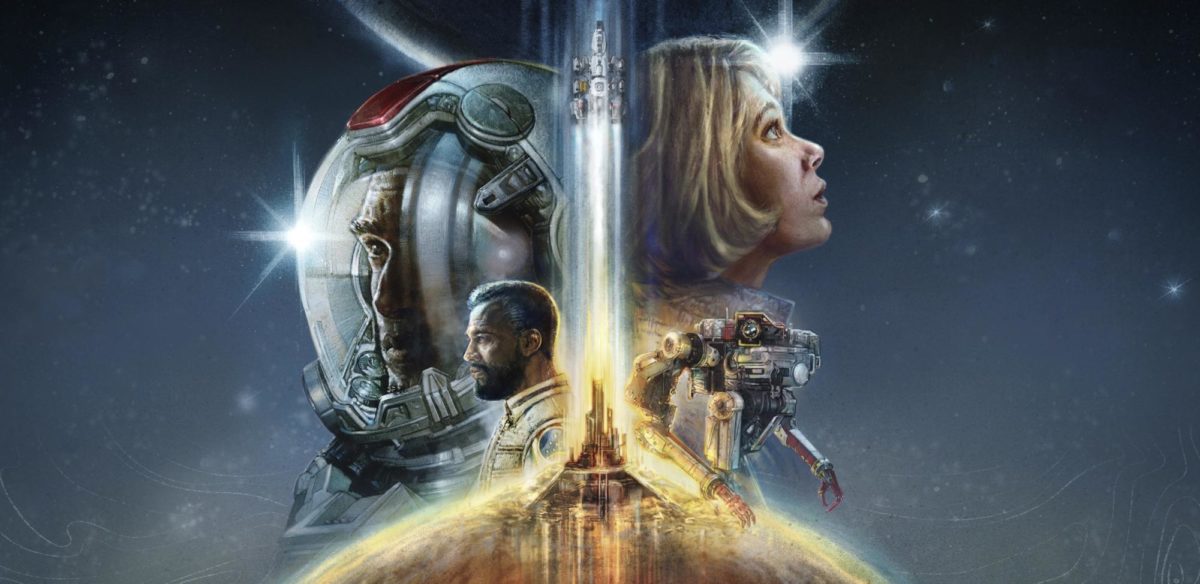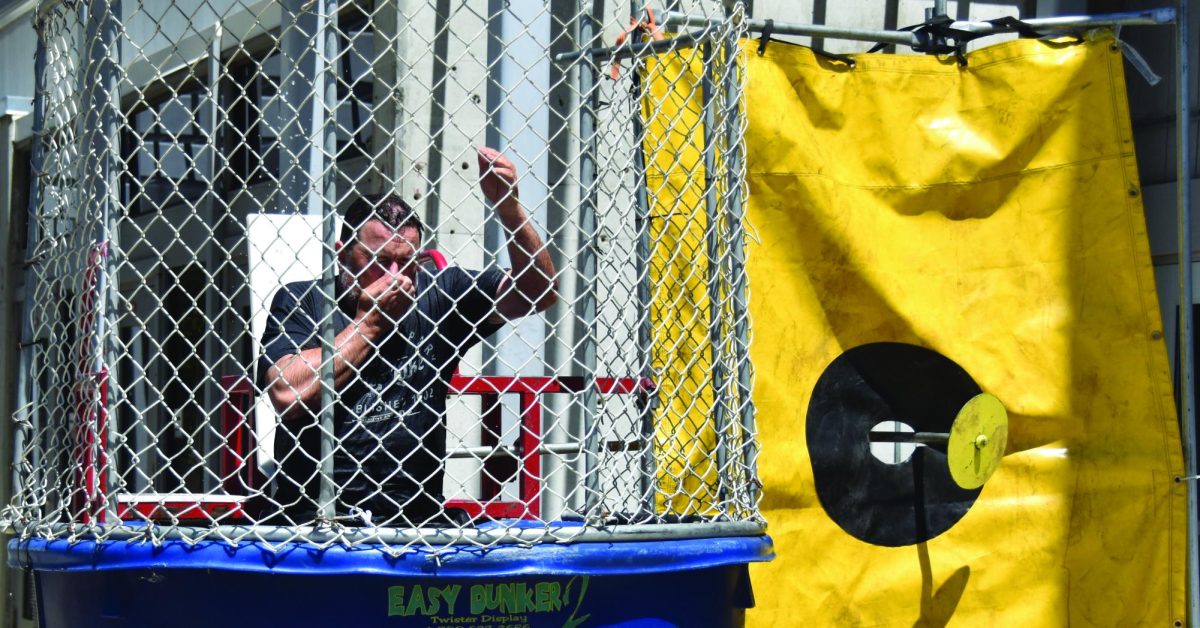In June of 2018, renowned video game development studio Bethesda unveiled their newest open world role-playing game “Starfield.” It was promised to be the studios biggest and most content-rich game, in which the player can explore an entire galaxy in whichever way they intend to do so. It took five years for the game to release and historically, Bethesda has triumphed over and dominated the genre, so what could possibly go wrong? It turns out almost everything could go wrong.
First and foremost, the most concerning issue with “Starfield” is its performance. My playthrough was done on an updated computer that has been able to run every graphically intensive game that has been released this year. Despite this, I could hardly get the game to run at a stable rate on medium settings.
This stood out as quite peculiar to me, as “Starfield” in itself is not a particularly impressive looking game by any means. After an hour or two of setting adjustments it began to run smoothly, but there would still be occasions where the frame-rate would drastically drop, or the audio would completely cut out.
Bethesda games are known to struggle with performance issues, but they usually make up for it with open-worlds packed to the brim with a wide range of encounters, and a beautifully crafted story. Unfortunately, “Starfield” possesses neither of these qualities. While “Starfield” may technically be Bethesda’s largest game yet in sheer size, what’s the point if 80% of it is empty space?
On average, there are about three marked locations on a planet to be discovered, which sounds promising at first, until the player realizes that they have to spend four to five minutes in real time walking to the desired location with little to nothing to do or look at along the way which ultimately discourages exploration.
Another hallmark feature of an open world Bethesda game is the combat, which can be a clunky yet satisfying experience. Gunplay and general combat on the ground in “Starfield” is a lot faster than other games in the genre, which is a nice touch, but commonly the enemy A.I. would seem to get confused, creating some laughably unintended scenarios, such as taking cover behind a wall that simply isn’t there.
The story in “Starfield” is quite possibly it’s most redeemable quality even with some glaring issues. The stories themselves are quite engaging with the only issue being that they are fractured into multiple different faction quest lines.
In “Starfield,” quests are given from five specific factions, and the player can do them in any order they like, jumping from faction to faction as they choose. This can create some confusing scenarios, an example being that you can join a murderous band of pirates and also be aligned with what I can only describe as do-good space cowboys.
I really and truly wanted to like and enjoy this game. Bethesda has had an incredibly mediocre run of games for the past couple of years, and the common consensus was that “Starfield” would be the game to set the studio back in the right direction.
But, in the end, I think the studio became overly ambitious while attempting to reinvent the wheel for a genre that they had always been successful working with. I can’t recommend purchasing this game for its $70 price tag in good conscience. It is also available for free through the xbox game pass, so if you’re craving a sub-par and mediocre experience then “Starfield” is the game for you.














